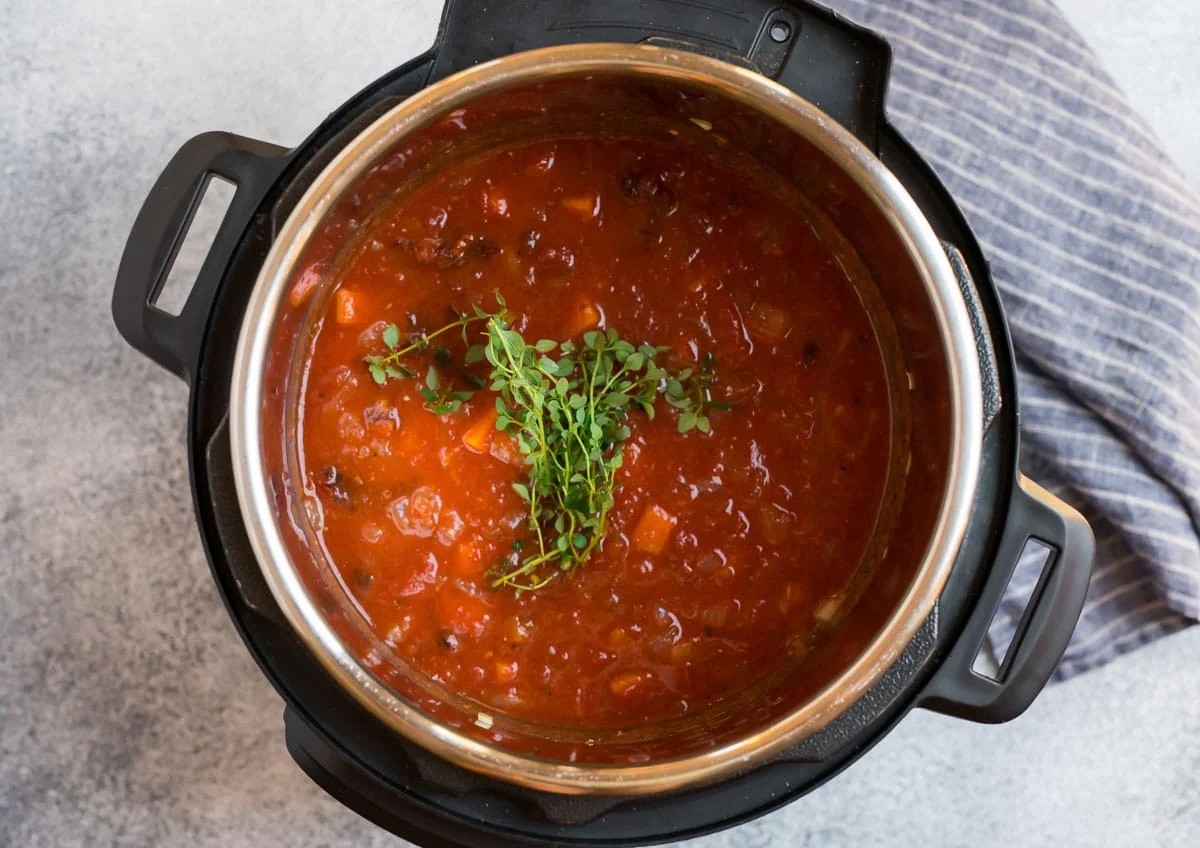

Articles
How To Can Soup In Electric Pressure Cooker
Modified: February 28, 2024
Learn how to can soup in an electric pressure cooker with our informative articles. Follow our step-by-step guide for preserving your favorite soups at home.
(Many of the links in this article redirect to a specific reviewed product. Your purchase of these products through affiliate links helps to generate commission for Storables.com, at no extra cost. Learn more)
Introduction
Are you a fan of homemade soup but find it time-consuming to prepare and cook every time you crave a warm bowl of comfort? If so, then you’ll be delighted to learn about the benefits of canning soup in an electric pressure cooker. Canning soup allows you to preserve your favorite flavors and have them readily available whenever you need a quick and delicious meal.
Electric pressure cookers have gained immense popularity in recent years due to their convenience and efficiency in cooking various dishes. They offer a safe and fast way to prepare meals, and canning soup is just one of the many tasks they excel at.
In this article, we will explore the benefits of canning soup in an electric pressure cooker, the necessary equipment and ingredients, and provide you with a step-by-step guide to successfully canning soup. We will also discuss important safety precautions, helpful tips for optimal results, and how to store and use your canned soup.
So, if you’re ready to embark on a journey of soup canning mastery, let’s dive in and discover the wonders of preserving homemade soup in an electric pressure cooker!
Key Takeaways:
- Canning soup in an electric pressure cooker offers time-saving, nutrient-preserving, and cost-effective benefits, providing convenient access to delicious homemade soups year-round.
- By following proper safety precautions, gathering essential equipment, and utilizing suitable recipes, you can confidently embark on a successful soup canning journey with your electric pressure cooker.
Benefits of Canning Soup in an Electric Pressure Cooker
When it comes to canning soup, using an electric pressure cooker offers numerous advantages. Here are some of the key benefits:
- Time and Effort Savings: Canning soup in an electric pressure cooker significantly reduces the time and effort required compared to traditional canning methods. The high-pressure environment inside the cooker allows for faster cooking and canning, meaning you can prepare large batches of soup in a fraction of the time.
- Preservation of Nutrients and Flavor: Electric pressure cookers operate under intense pressure and heat, which effectively locks in the nutrients and flavors of the soup. As a result, when you open a jar of canned soup months after canning, you will experience the same delicious taste and nutritional value as if it were freshly made.
- Convenience and Accessibility: Having canned soup readily available in your pantry provides ultimate convenience. It allows you to enjoy a hearty bowl of soup anytime, without the need for extensive preparation and cooking. This is especially beneficial on busy days when you want a quick, satisfying meal.
- Extended Shelf Life: Canned soup has a remarkably long shelf life when stored properly. The sealed jars prevent spoilage and contamination, allowing you to enjoy your favorite soups for up to a year or even longer. This makes it an ideal option for preserving seasonal soups or simply stockpiling for emergencies.
- Saves Money: Canning soup at home not only saves time but also saves money in the long run. By cooking and canning large batches of soup using budget-friendly ingredients, you can cut down on grocery expenses and avoid the need to purchase costly store-bought canned soups. It’s a cost-effective way to enjoy delicious, homemade soup all year round.
Overall, canning soup in an electric pressure cooker presents a range of benefits, from saving time and effort to preserving the flavors and nutrients of your favorite soups. It’s a practical and economical way to enjoy homemade goodness whenever you desire.
Necessary Equipment and Ingredients
Before you can start canning soup in an electric pressure cooker, it’s important to gather the necessary equipment and ingredients. Here’s what you’ll need:
- Electric Pressure Cooker: Make sure you have a reliable electric pressure cooker that is specifically designed for canning. Not all pressure cookers have this feature, so verify that yours is suitable for canning before proceeding.
- Canning Jars: Choose high-quality, heat-resistant glass jars that are specifically designed for canning. Mason jars with metal lids are a popular choice. Ensure that the jars are free from cracks or defects and have been properly sterilized before using them.
- Lids and Bands: Use new, sterile metal lids and bands that are specifically designed for canning. These components create a tight seal on the jars, ensuring the safety and longevity of your canned soup.
- Canning Rack: A canning rack is essential for keeping the jars elevated off the bottom of the pressure cooker during the canning process. This helps prevent uneven cooking and potential breakage.
- Pressure Canning Gauge: Most electric pressure cookers have built-in gauges to monitor the pressure during canning. Ensure that the gauge is properly calibrated and functioning correctly for accurate pressure readings.
- Basic Kitchen Tools: You’ll also need basic kitchen tools such as a ladle, funnel, kitchen towels, and tongs for handling hot jars and lids. These tools will assist you in safely transferring the soup into the jars and sealing them securely.
- Canning Ingredients: Of course, you’ll need the ingredients to make your soup. You can choose any soup recipe you prefer, using a combination of vegetables, meat, spices, and broth. Make sure you have enough ingredients on hand to prepare the desired quantity of soup.
By gathering these essential equipment and ingredients, you’ll be fully prepared to embark on your soup canning adventure with your electric pressure cooker. Having everything ready will ensure a smooth and efficient canning process, resulting in delicious jars of preserved soup ready to be enjoyed!
Step-by-Step Guide to Canning Soup in an Electric Pressure Cooker
Now that you have all the necessary equipment and ingredients, let’s dive into the step-by-step process of canning soup in an electric pressure cooker:
- Prepare the Soup: Begin by preparing your soup according to your chosen recipe. Cook the soup until it reaches a boiling point to ensure that it is heated thoroughly.
- Sterilize the Jars: While the soup is cooking, sterilize the canning jars, lids, and bands. You can do this by placing the jars in boiling water or using the sterilize function on your dishwasher. Ensure that everything is clean and free from any contaminants.
- Fill the Jars: Once the jars are sterilized, remove them carefully from the hot water using tongs. Using a ladle and a funnel, carefully fill the jars with the hot soup, leaving about a 1-inch headspace at the top. Wipe the rims of the jars clean to ensure a proper seal.
- Secure the Lids: Place the sterilized lids and bands on the jars, ensuring they are fitted securely. It is important not to overtighten the bands, as this can interfere with the sealing process.
- Prepare the Pressure Cooker: Fill the electric pressure cooker with the recommended amount of water according to your cooker’s instructions. Place the canning rack inside the cooker to elevate the jars and prevent direct contact with the bottom.
- Process the Jars: Carefully place the filled jars onto the canning rack inside the pressure cooker. Close and lock the lid securely. Follow the specific instructions provided with your electric pressure cooker to set the canning time and pressure according to your recipe and altitude requirements.
- Pressure Can the Soup: Start the pressure canning process, allowing the cooker to build pressure. Once the desired pressure is reached, start the timer according to your recipe instructions. Maintain the pressure for the recommended canning time.
- Release the Pressure: After the required canning time has elapsed, turn off the heat and allow the pressure to release naturally. Do not force-release the pressure. Once the pressure is fully released, carefully unlock and open the lid of the pressure cooker.
- Remove the Jars: Using tongs or heat-resistant gloves, carefully remove the hot jars from the pressure cooker, and place them on a heat-resistant surface. Avoid placing them on a cold surface or exposing them to sudden temperature changes, as this can cause the jars to crack.
- Check the Seal: Allow the jars to cool completely. As they cool, you should hear a popping sound, indicating that the lids have successfully sealed. To ensure proper sealing, press down on the center of each lid. If it doesn’t flex or move, it is sealed correctly. If it does move, that signifies a failed seal, and the soup should be refrigerated and consumed promptly.
- Label and Store: Once the jars have completely cooled and are confirmed to be properly sealed, label them with the date and contents. Store the jars in a cool, dark area, away from direct sunlight. Canned soup can be stored for up to a year, but it’s best to consume it within 6-8 months for optimal taste and quality.
Following these step-by-step instructions will help you successfully can soup in your electric pressure cooker. The end result will be a collection of delicious, homemade soups ready to be enjoyed at any time!
When canning soup in an electric pressure cooker, make sure to follow a tested recipe and proper canning guidelines to ensure safety and preservation of the soup. Always use clean, sterilized jars and lids to prevent contamination.
Safety Precautions to Follow
When canning soup in an electric pressure cooker, it is essential to prioritize safety to ensure a successful and hazard-free canning process. Here are some important safety precautions to keep in mind:
- Follow the Manufacturer’s Instructions: Read the user manual and follow the specific instructions provided by the manufacturer of your electric pressure cooker. Different models may have varying requirements and recommendations for canning. Adhering to these instructions will help prevent accidents and ensure proper canning results.
- Proper Sterilization: Thoroughly sterilize the canning jars, lids, and bands before filling them with soup. This helps eliminate any potential bacteria or contaminants that could compromise the safety and shelf life of the canned soup. Proper sterilization can be achieved by boiling the jars or using the sterilize function on your dishwasher.
- Safe Filling Technique: When filling the jars with hot soup, it’s important to exercise caution to avoid burns or spills. Use a ladle and a funnel to transfer the soup into the jars, taking care not to overfill and leaving the recommended headspace. Wipe the jar rims clean to ensure a proper seal.
- Correct Pressure and Canning Time: Set the pressure cooker to the appropriate pressure and canning time as specified in your recipe and according to your altitude. Failure to reach or maintain the correct pressure or canning time may result in undercooked or unsafe food. Refer to trusted canning resources for accurate guidelines.
- Allow Natural Pressure Release: Always allow the pressure to release naturally after the recommended canning time has elapsed. Forcing the release of pressure can cause hot liquid to spray out of the pressure valve, posing a burn risk. Wait until the pressure has completely released and the pressure indicator has dropped before opening the lid.
- Appropriate Cooling Time: Once the pressure cooker is opened, allow the jars to cool naturally and completely. Placing hot jars in cold water or exposing them to sudden temperature changes can cause the glass to break. Avoid unnecessary handling until the jars have cooled to a safe temperature.
- Check for Sealed Lids: After the jars have cooled, check each lid to ensure it has formed a proper seal. Press down on the center of the lid. If it flexes or moves, it indicates an unsuccessful seal, and the jar should be refrigerated and consumed promptly. Properly sealed lids are vital for preserving the safety and quality of the canned soup.
- Regular Equipment Maintenance: Maintain and clean your electric pressure cooker regularly according to the manufacturer’s instructions. Check and replace any worn or damaged parts to ensure safe operation during the canning process.
By following these safety precautions diligently, you can minimize risks and confidently engage in canning soup in your electric pressure cooker. Safety should always be a priority when preserving food for you and your family to enjoy.
Tips for Successful Soup Canning
To optimize your soup canning experience and achieve the best results, consider these helpful tips:
- Choose Suitable Soup Recipes: Select soup recipes that are suitable for canning. Opt for recipes that do not contain ingredients that may become mushy or lose their texture during the canning process. Vegetable-based soups, broths, and hearty soups with meat or legumes tend to can well.
- Precook Denser Ingredients: If your soup recipe includes dense ingredients such as meat, potatoes, or beans, consider precooking them. This ensures that these ingredients are fully cooked and tender during the canning process, preventing potential undercooking or overcooking later.
- Leave Adequate Headspace: When filling the jars with soup, leave the recommended headspace as specified in your recipe or canning guidelines. This space allows room for expansion during the canning process and prevents the soup from pushing against the lid, compromising the seal.
- Debubble the Jars: After filling the jars, use a non-metal utensil, such as a chopstick or a plastic spatula, to remove any air bubbles trapped in the soup. This helps achieve a better seal and prevents potential spoilage caused by air pockets.
- Label and Date the Jars: Properly label each jar with the soup’s contents and the date it was canned. This helps you keep track of the shelf life and allows you to easily identify the type of soup when selecting from your pantry. Use waterproof and smudge-proof labels for best results.
- Rotate Your Canned Soup: To ensure freshness, practice a first-in, first-out rotation system. Place the newly canned soups at the back of your pantry shelves, pushing the older jars to the front, so they are used first. This helps prevent forgotten jars and ensures you consume the soup within its optimal freshness period.
- Test Jar Seals: After the jars have fully cooled, check the seals by gently pressing down on the center of each lid. A properly sealed lid should be firm and not flex or move. If a jar did not seal correctly, refrigerate it immediately and consume the soup within a few days.
- Store in Cool, Dark Place: Store your canned soup in a cool, dark area with a consistent temperature. Excessive heat, direct sunlight, and fluctuating temperatures can compromise the quality and safety of the soup. A cool basement or a dedicated pantry shelf are excellent storage options.
- Regularly Inspect Jars: Periodically inspect your stored jars for any signs of spoilage, such as mold growth, cloudy liquid, or an off-putting odor. If you notice any abnormalities, discard the jar immediately to prevent any risk of foodborne illness.
- Experiment with Flavors: Don’t be afraid to get creative with your soup recipes. Experiment with different flavor combinations, spices, and herbs to create unique and delicious soups. Just ensure the ingredients you use are suitable for canning and follow proper canning procedures.
By following these tips, you’ll be on your way to successfully canning flavorful and safe soups that can be enjoyed for months to come. Get ready to savor the convenience and satisfaction of having homemade soup at your fingertips!
Storing and Using Canned Soup
Now that you have successfully canned your delicious soups, it’s important to know how to properly store and use them to maximize their shelf life and enjoyment. Here’s a guide to storing and using your canned soup:
- Storage Conditions: Store your canned soup in a cool, dark, and dry place to ensure optimal shelf life. Avoid direct sunlight, extreme temperatures, and areas with high humidity, as these can affect the quality of the soup over time.
- Label and Date: Clearly label each jar with the type of soup and the date it was canned. This will help you easily identify and organize your collection, allowing you to consume the oldest jars first.
- Shelf Life: Canned soups can typically be safely stored for up to a year. However, for the best quality and flavor, it is recommended to consume the soup within 6-8 months. Over time, the texture and taste may gradually decline, so it’s ideal to enjoy them while they are at their peak.
- Inspect the Jars: Before using a jar of canned soup, inspect it for any signs of spoilage. Look for any visible signs of mold, odd coloration, or off-putting odors. If you notice any abnormalities, discard the jar immediately to prevent the risk of foodborne illness.
- Reheating: To enjoy your canned soup, simply empty the contents of a jar into a pot and heat it on the stove over medium heat until it reaches a gentle boil. Stir occasionally to ensure even heating. You can also heat the soup in a microwave-safe bowl in the microwave, following the microwave’s instructions for reheating soups.
- Creative Recipe Ideas: Canned soups can be used as a base for other delicious recipes. You can incorporate them into casseroles, stir-fries, or use them as a flavorful sauce for pasta dishes. Get creative and experiment with different flavor combinations to elevate your culinary creations.
- Customize to Your Tastes: Feel free to add additional ingredients to your canned soup when reheating to personalize the flavor. Whether it’s a handful of fresh herbs, a squeeze of lemon juice, or a sprinkle of grated cheese, these small additions can enhance the taste and make each bowl of soup feel special.
- Sharing the Goodness: Consider giving jars of your canned soup as thoughtful gifts to friends and family. Homemade canned soup is a heartfelt and practical present that will be greatly appreciated. Just make sure to clearly label the jars with the contents, expiration date, and any reheating instructions if necessary.
By following these storage and usage tips, you’ll be able to enjoy your homemade canned soups at their best. Whether you’re savoring them on a cozy evening or sharing them with loved ones, your canned soups will provide comfort and nourishment throughout the year.
Conclusion
Canning soup in an electric pressure cooker is a game-changer for soup lovers. Not only does it save time and effort, but it also allows you to enjoy the flavors of your favorite soups all year round. The benefits of canning soup in an electric pressure cooker are plentiful – from preserving nutrients and flavors to saving money and providing convenience.
By following the step-by-step guide and safety precautions outlined in this article, you can confidently embark on your soup canning journey. Remember to gather the necessary equipment, use suitable recipes, and properly sterilize your jars to ensure safe and successful canning.
Storing and using your canned soup is just as important as the canning process itself. Proper storage in cool, dark conditions along with labeling and dating each jar will help you keep track of your collection and enjoy your soups while they are at their best. Reheating the soup is a breeze, and you can even get creative by adding personal touches to tailor the flavors to your preferences.
So, whether you’re craving a comforting bowl of soup on a chilly day or need a quick meal solution, your homemade canned soups will provide nourishment and satisfaction. Don’t forget to share the goodness with friends and family or consider giving jars as thoughtful gifts.
Get started on your soup canning adventure and unleash your culinary creativity. With an electric pressure cooker and the right techniques, you can elevate your soup-making skills and enjoy the convenience and deliciousness of homemade soups anytime you desire. Embrace the joys of soup canning and savor the comfort and flavors that it brings into your life.
Frequently Asked Questions about How To Can Soup In Electric Pressure Cooker
Was this page helpful?
At Storables.com, we guarantee accurate and reliable information. Our content, validated by Expert Board Contributors, is crafted following stringent Editorial Policies. We're committed to providing you with well-researched, expert-backed insights for all your informational needs.
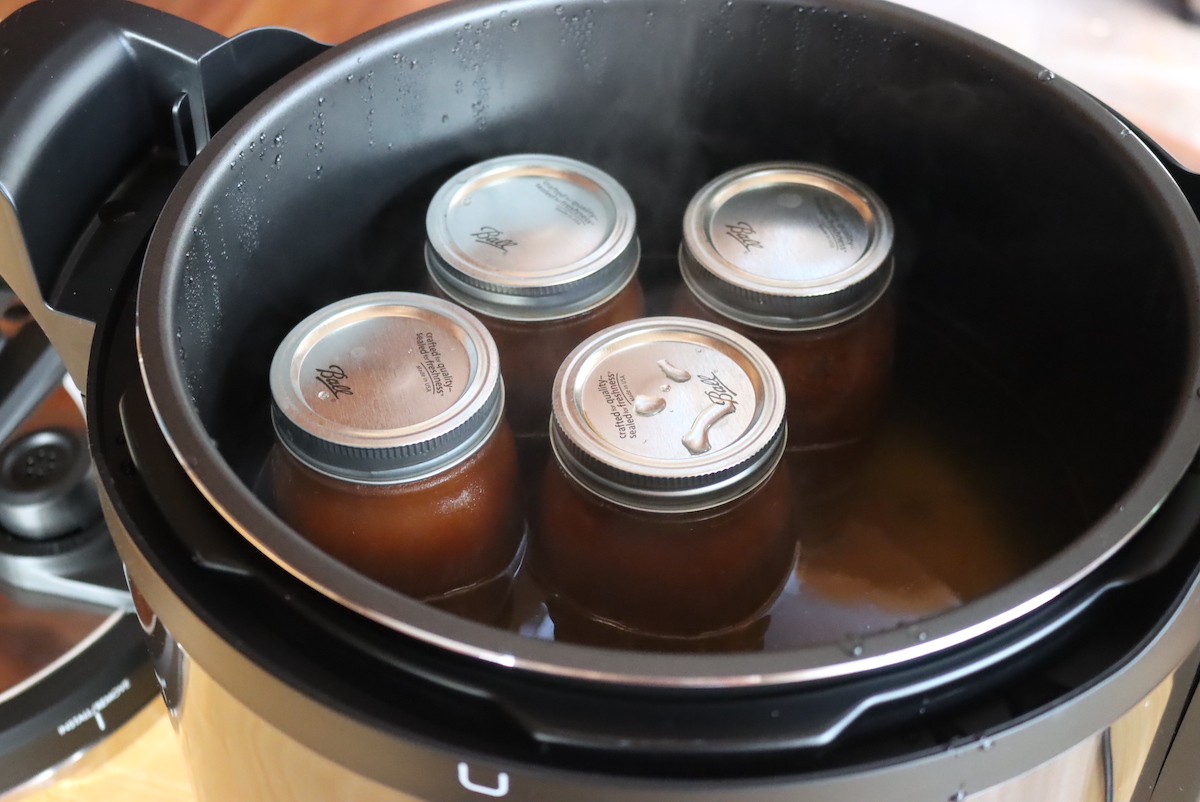
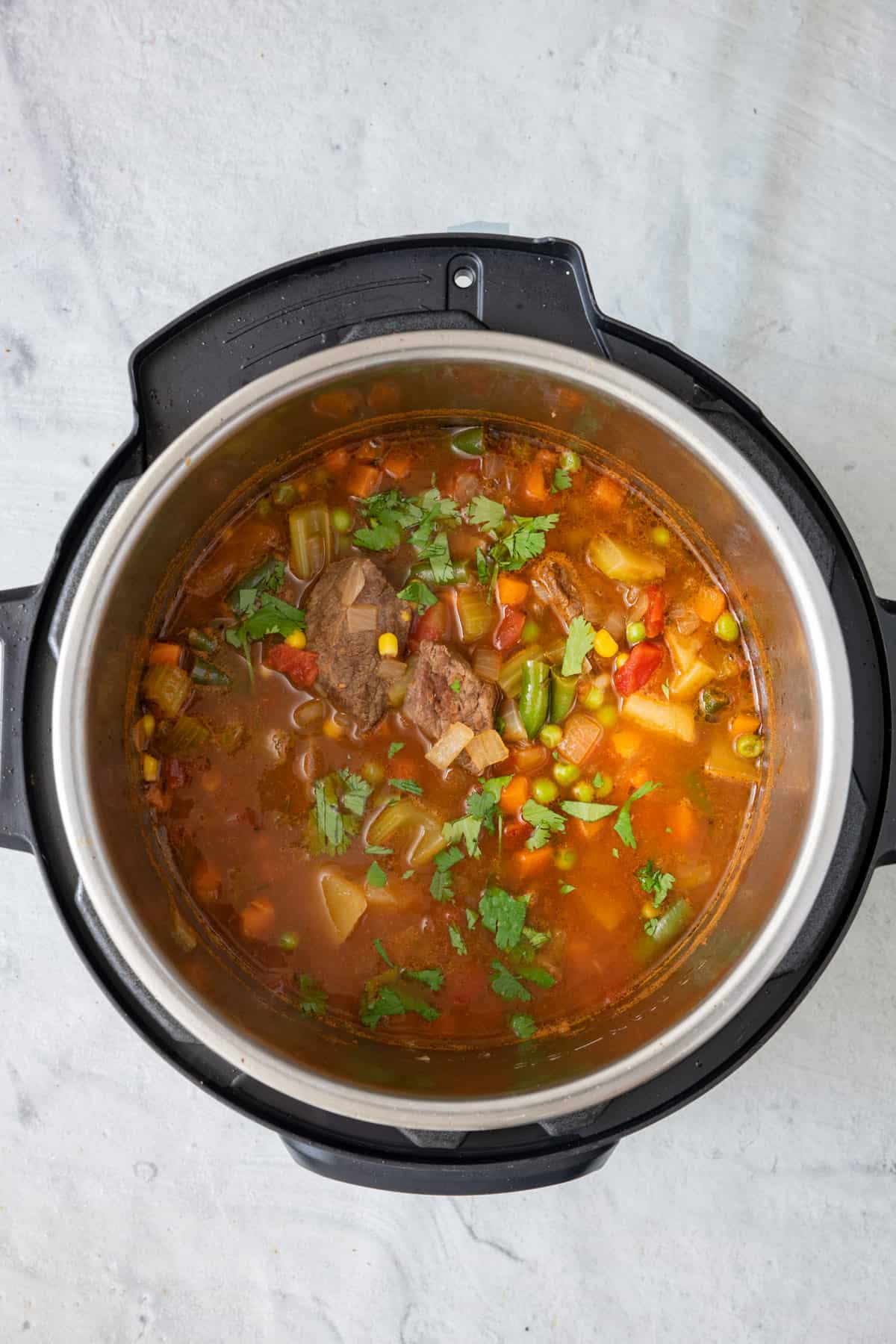
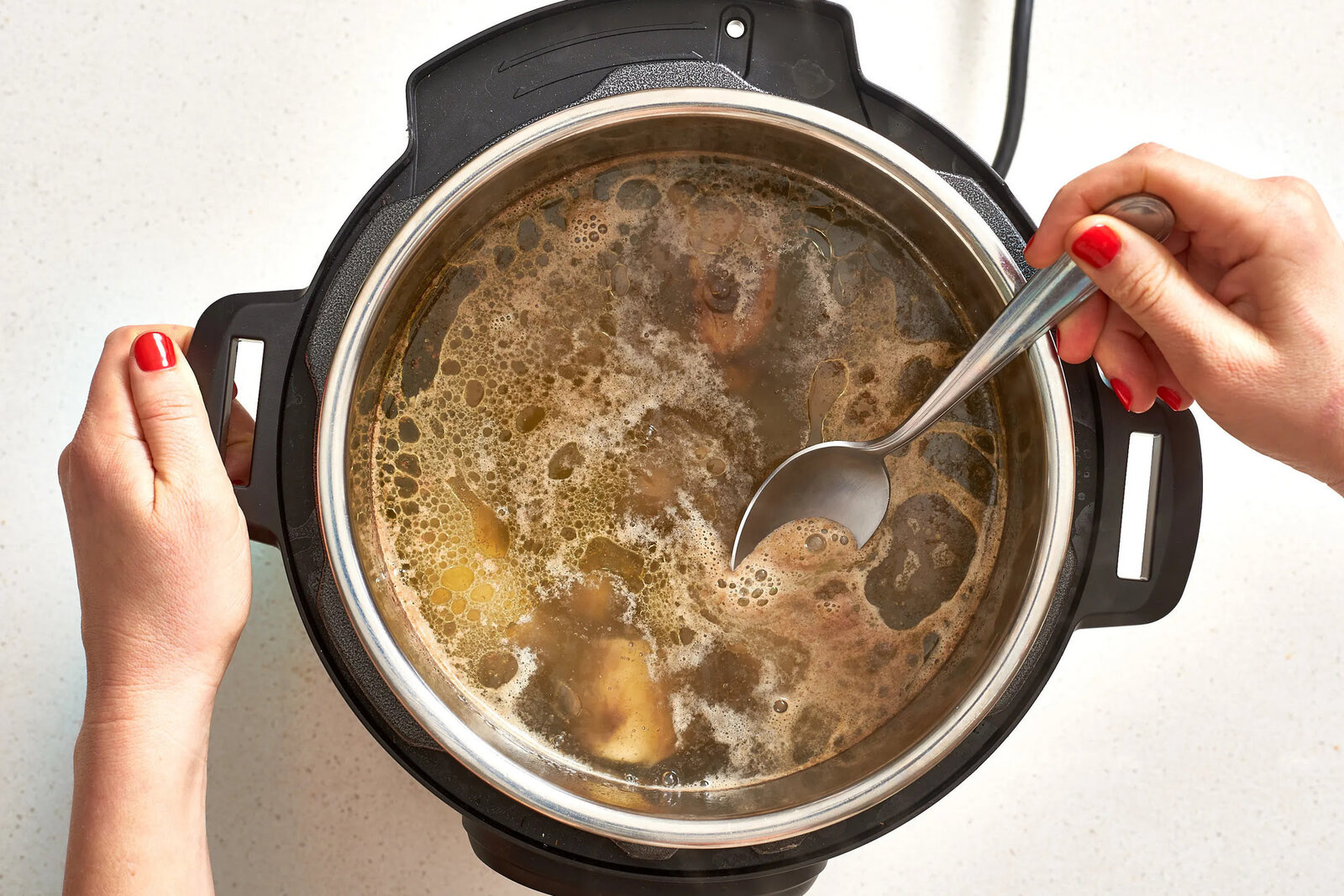
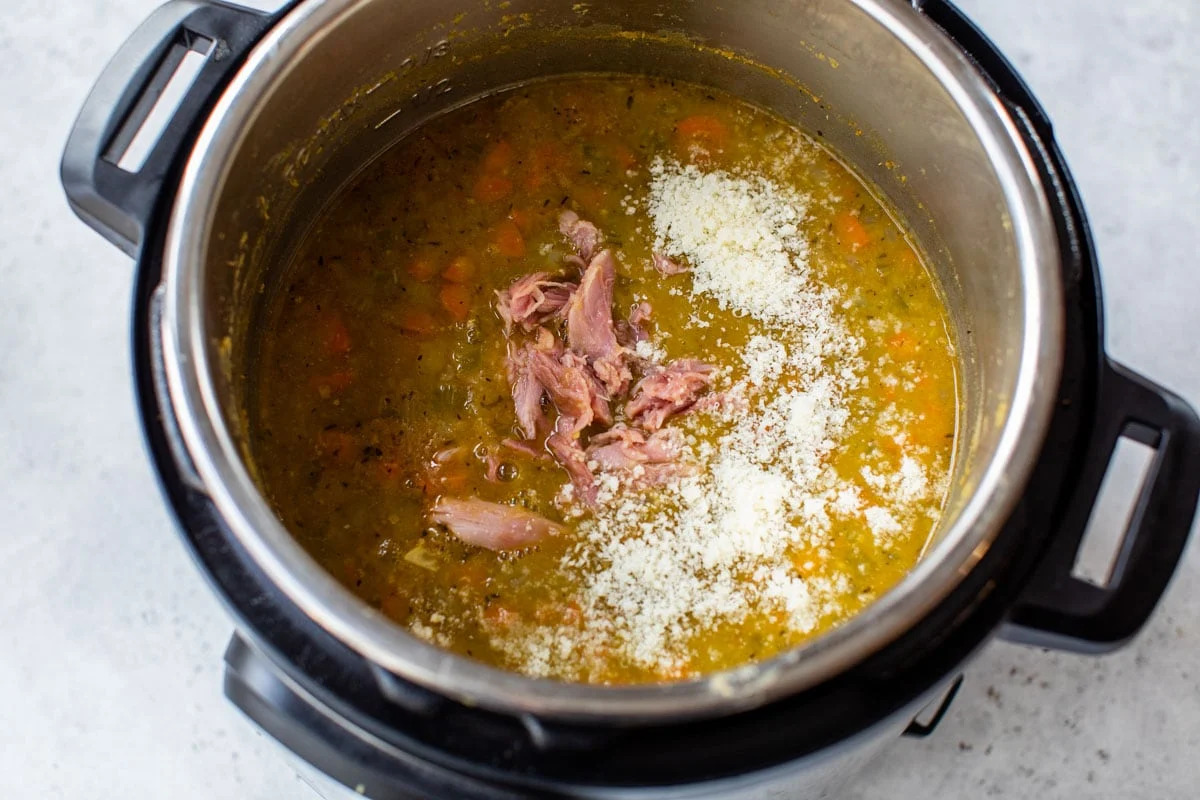
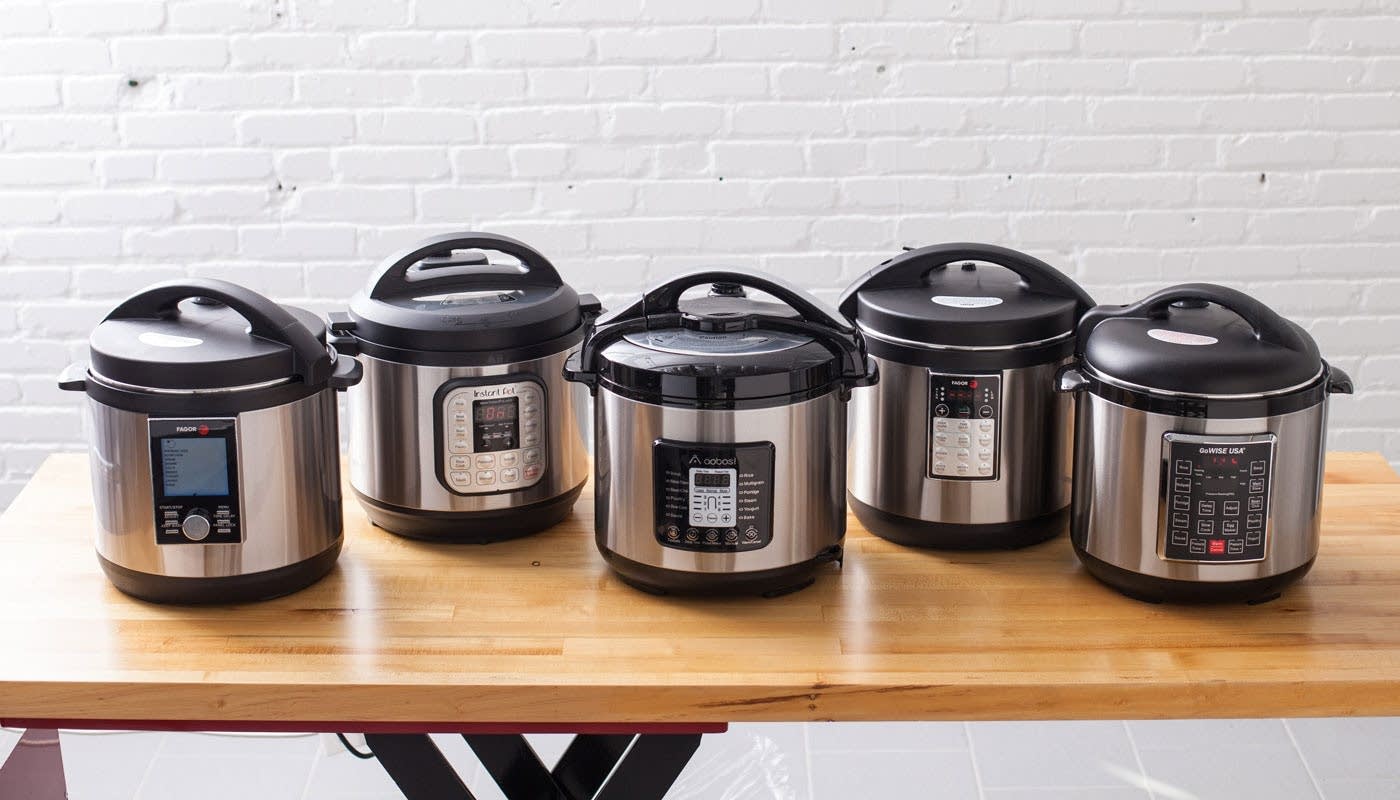
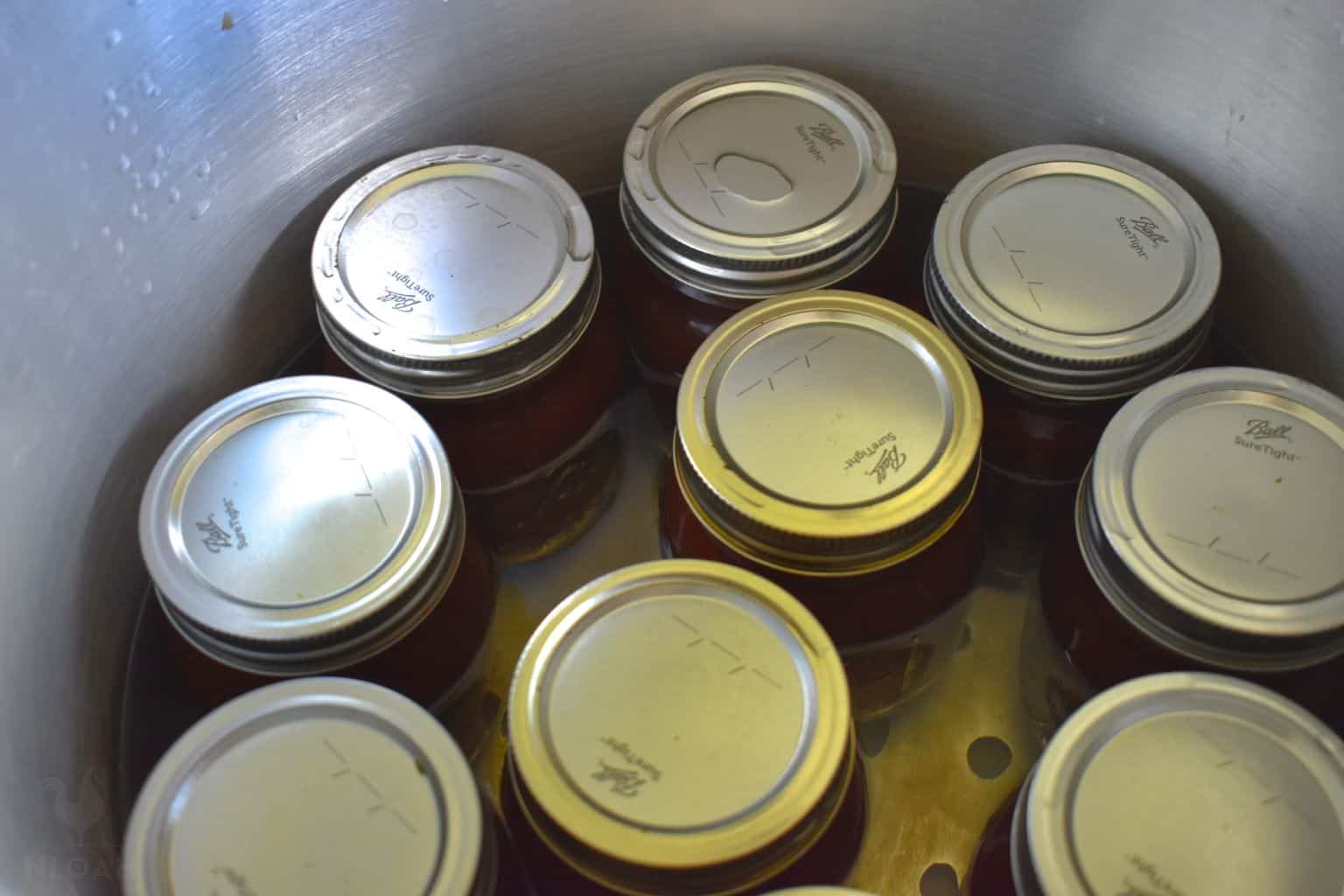
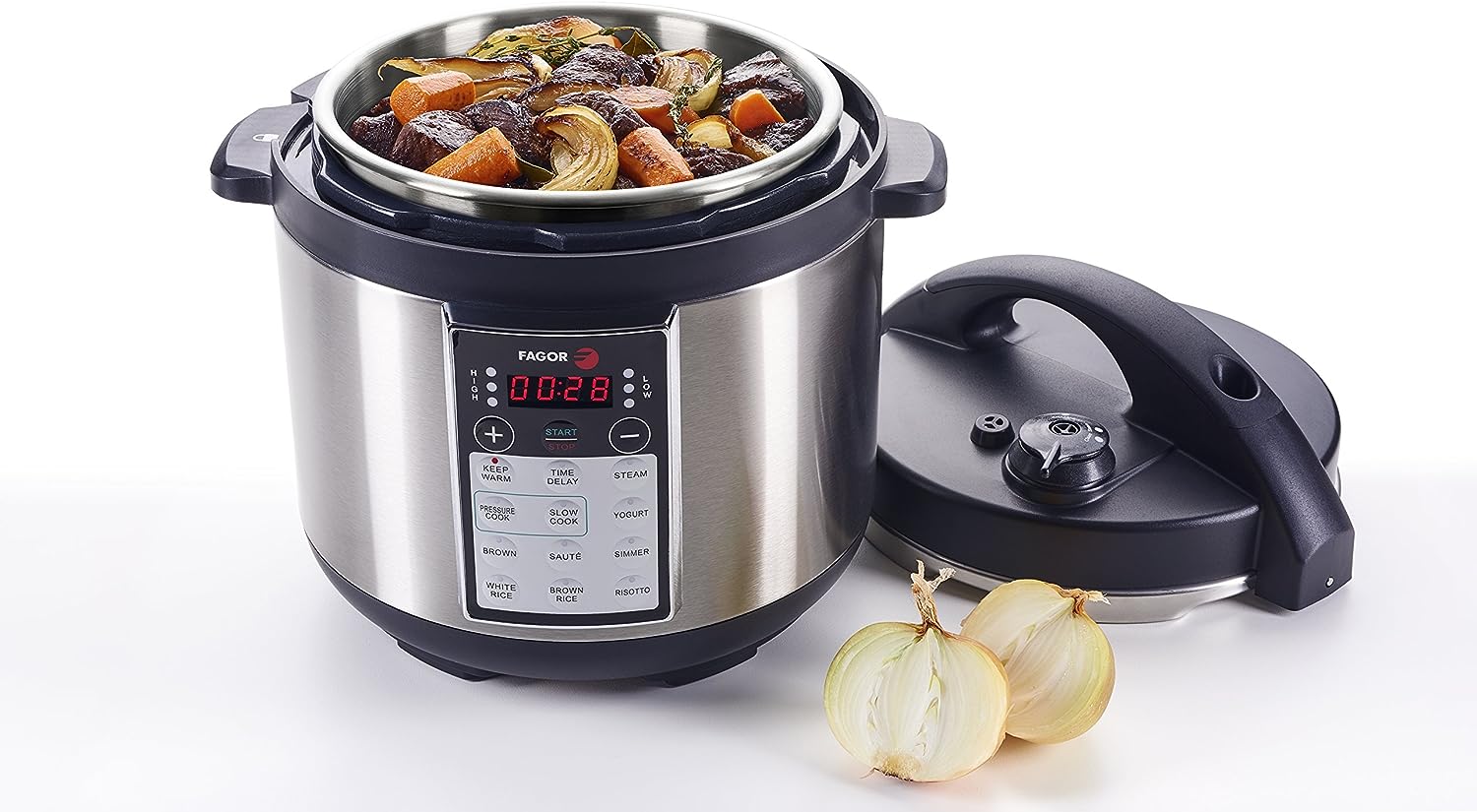
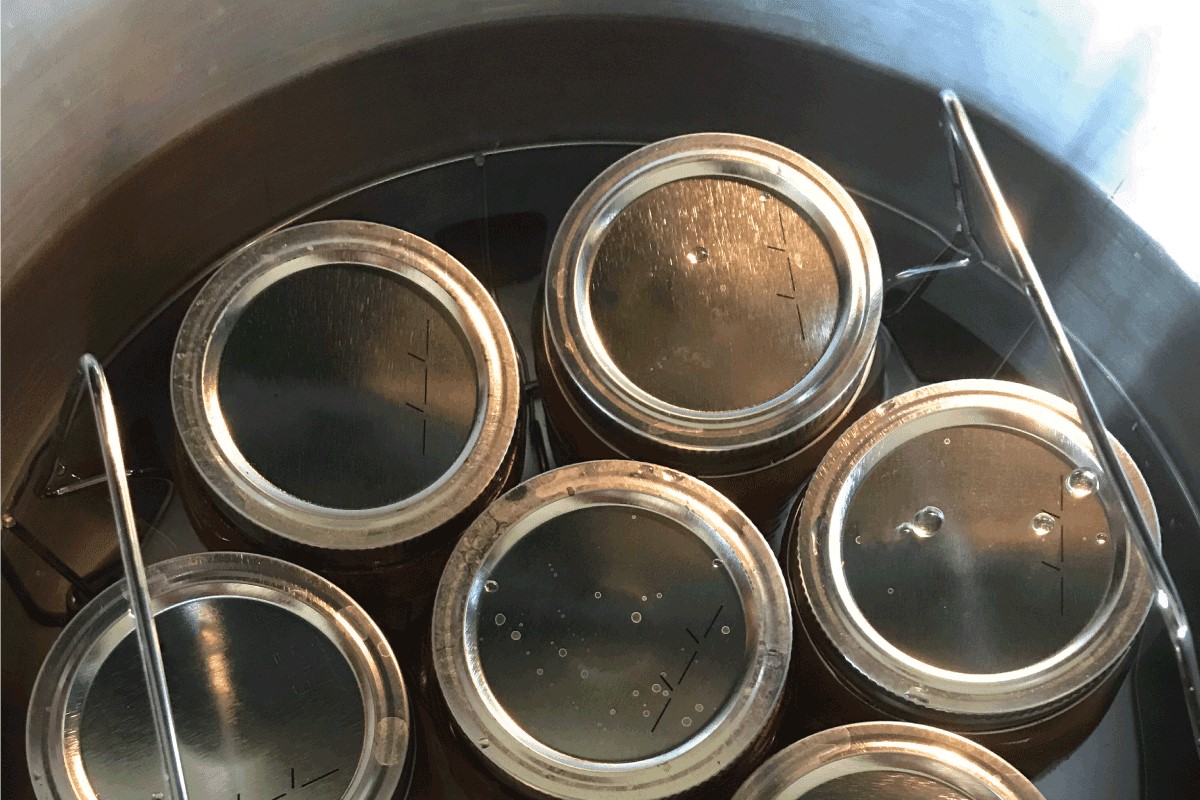
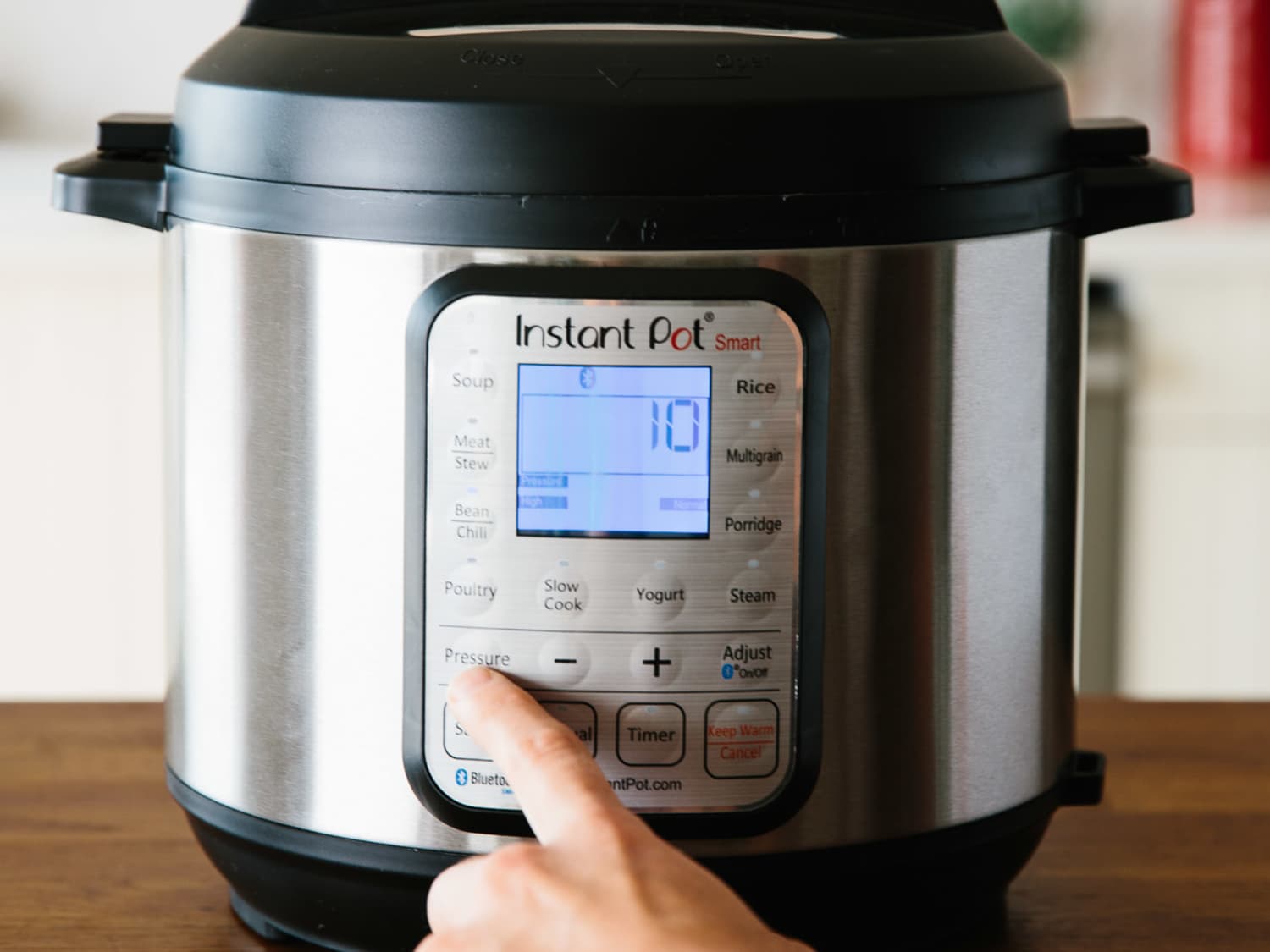
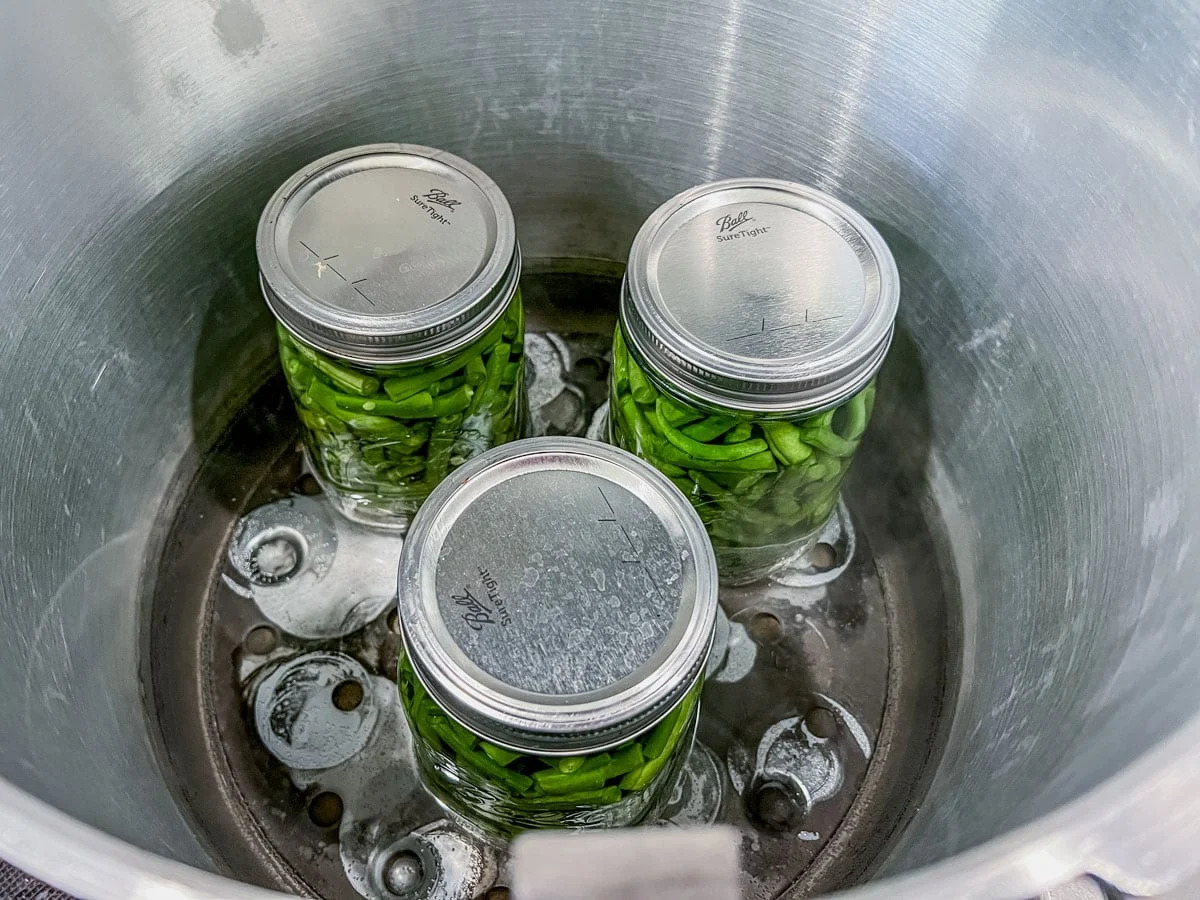
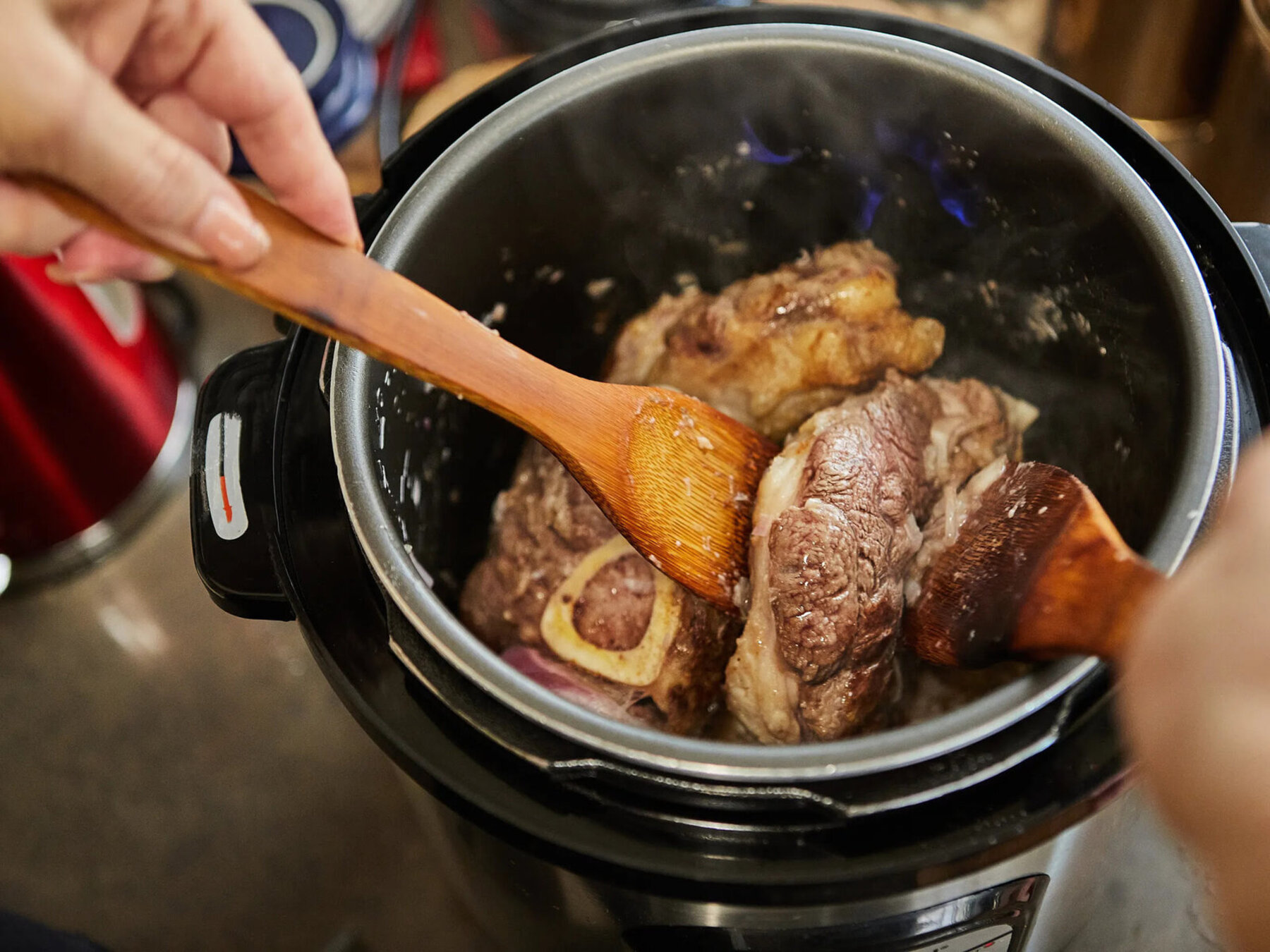
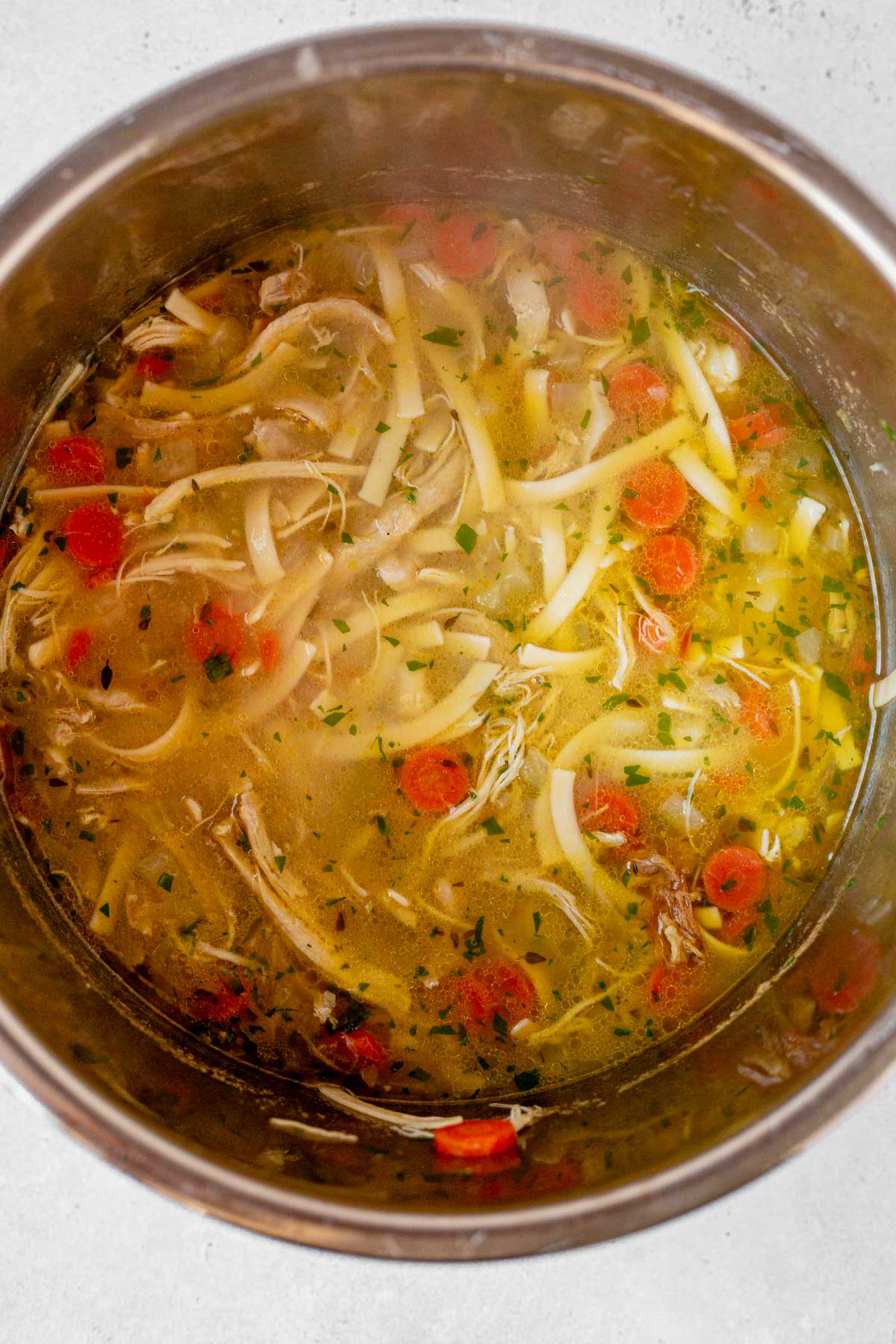
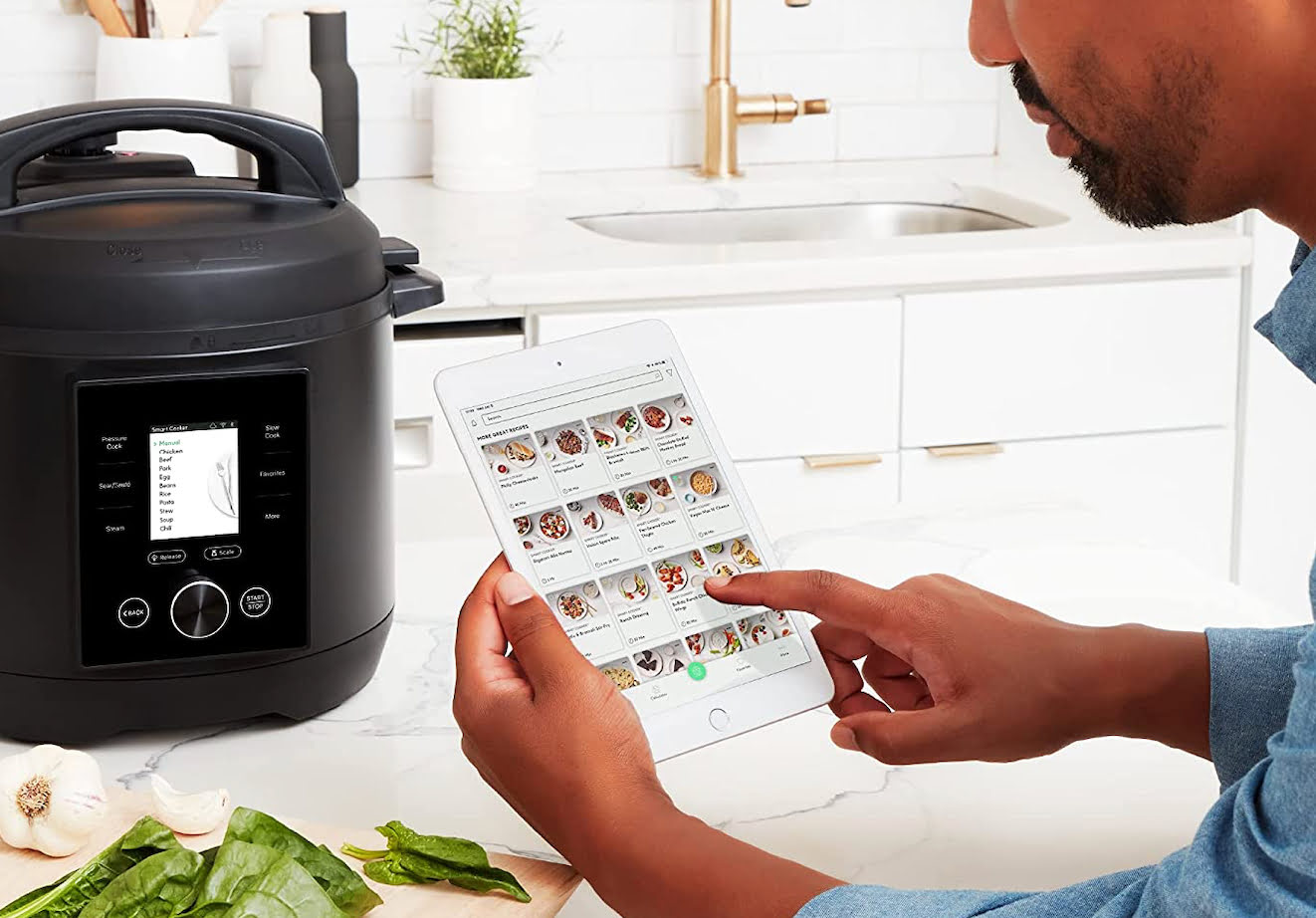
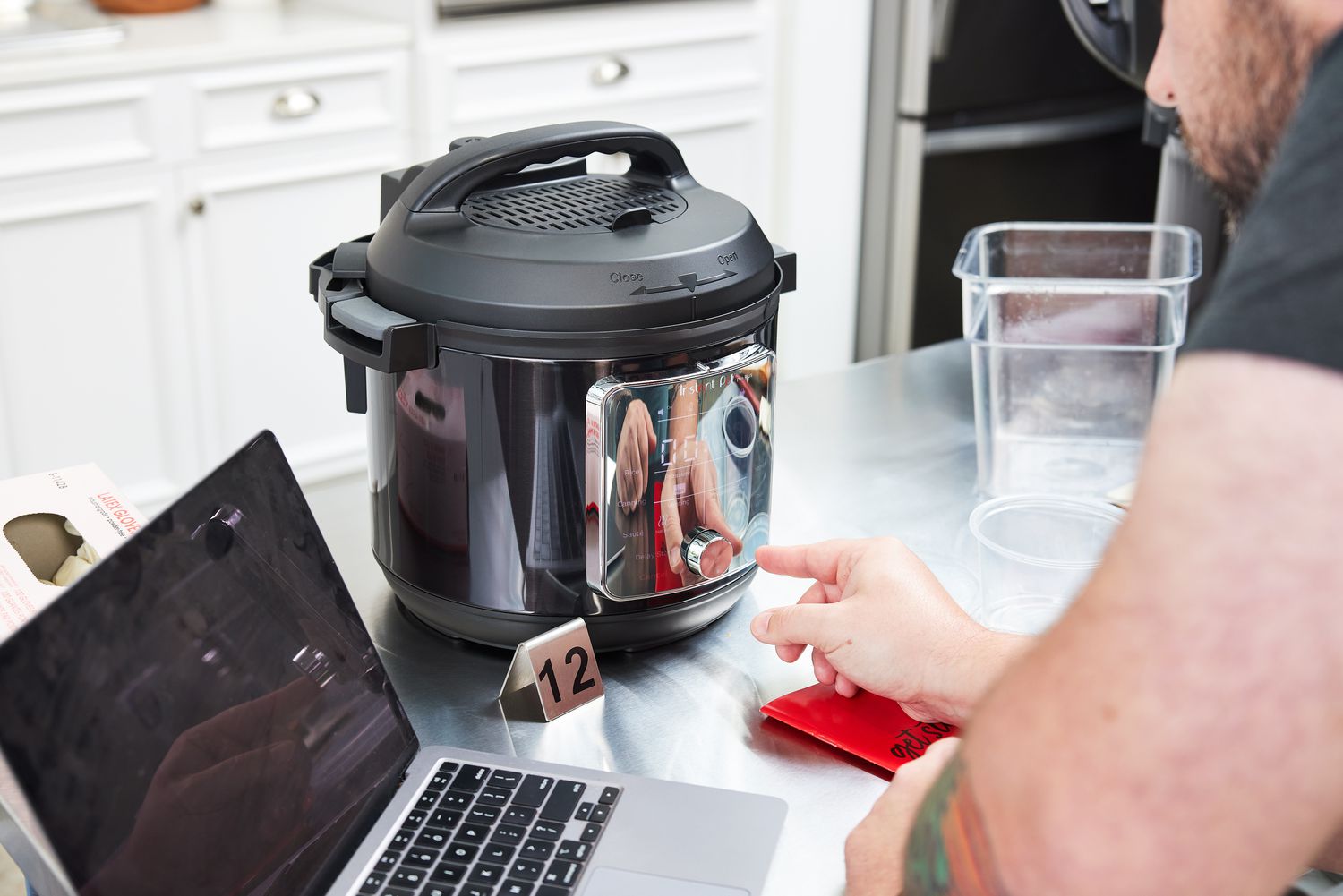

0 thoughts on “How To Can Soup In Electric Pressure Cooker”